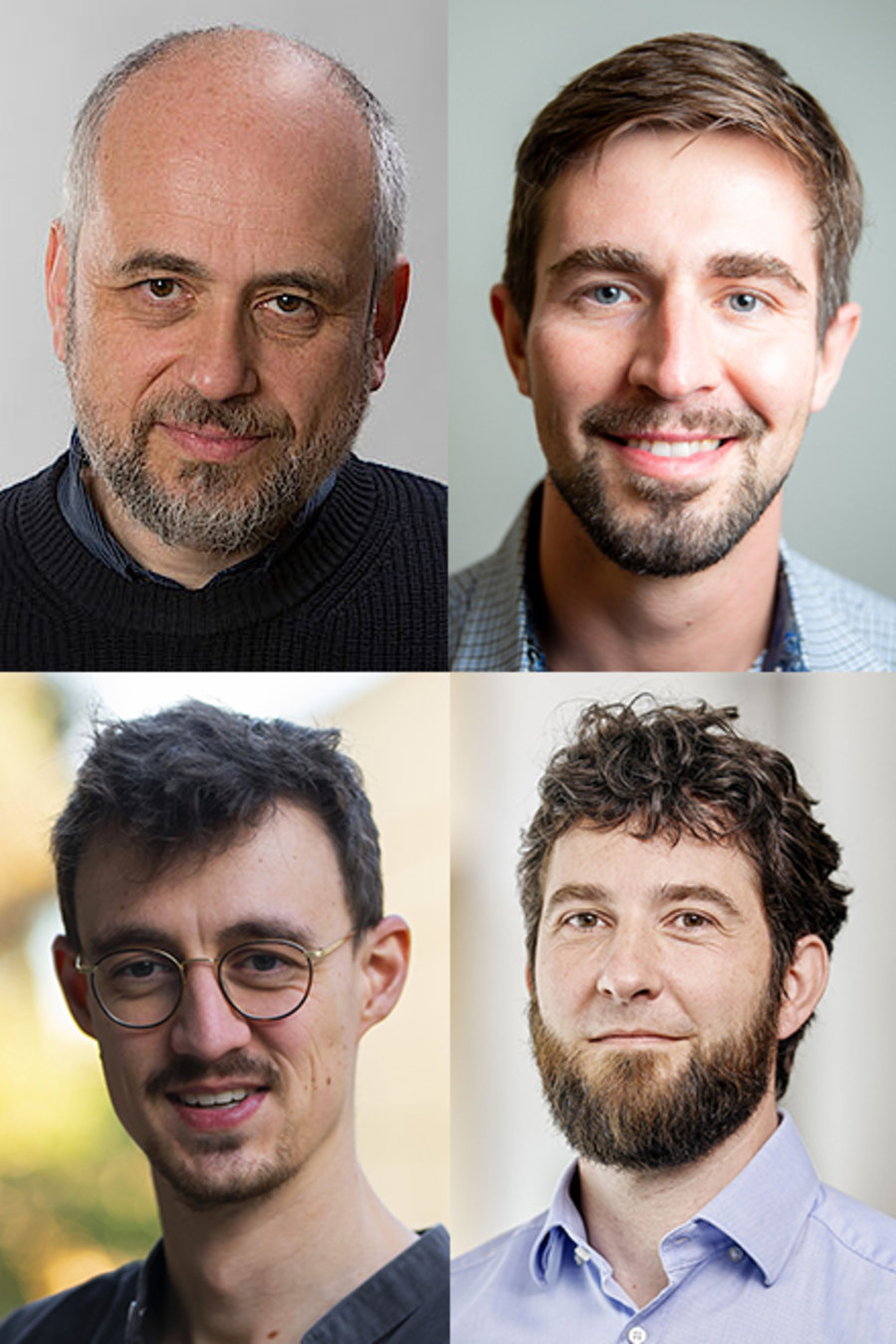Two GSI/FAIR topics make finalists at „Falling Walls“
01.07.2024 |
Two research topics of GSI/FAIR have made finalist in the Falling Walls Science Breakthroughs for 2024 in the “Physical Science” category: Professor Dmitry Budker and his team from the Helmholtz Institute Mainz (HIM) and Dr. Jan Rothhardt from the Helmholtz Institute Jena (HI Jena) – both branches of GSI Helmholtzzentrums für Schwerionenforschung at Johannes Gutenberg University of Mainz and Friedrich Schiller University Jena – were selected for this next round. The Falling Walls Science Summit, where the winners will be announced, is held annually on the anniversary of the fall of the Berlin Wall and brings together a curated group of international experts from various academic disciplines.
The team around Dmitry Budker, including also Dr. Danila Barskiy and Dr. James Eills, has been nominated for their work in the field of nuclear magnetic resonance (NMR). NMR is conventionally performed in strong magnetic fields to increase resolution and sensitivity. The “wall” of needing a magnet to do NMR has “fallen”: Professor Budker and his colleagues have advanced zero-field NMR, where measurements are made without a magnetic field. This more accessible kind of NMR opens new opportunities in a broad range of fields: the search for dark matter, the observation of chemical reactions through metal walls, and the monitoring of the efficacy of cancer therapies.
Dmitry Budker was born in Russia in 1963 and studied physics at the Novosibirsk State University, USSR, gaining a diploma with honors. In 1993, he was awarded his doctorate by the University of California at Berkeley, USA. After two years working as a research associate, in 1995, he was appointed an Assistant Professor of Physics at the University of California, becoming an Associate Professor in 2001 and ultimately Full Professor in 2005. From 1995 to 2014, Budker was also a member of the Nuclear Science Division of the Lawrence Berkeley National Laboratory (LBNL), CA, USA. In 2014, Dmitry Budker was appointed Professor of Experimental Atomic Physics at Johannes Gutenberg University Mainz. This professorship has been established at the Helmholtz Institute Mainz (HIM). Together with his research team, Dmitry Budker investigates fundamental interactions and symmetries.
Dr. Jan Rothhardt’s field of expertise is extreme UV light. It offers fascinating opportunities for nanoscale microscopy, but was so-far limited to large-scale light sources. So Rothhardt developed a new table-top alternative based on lasers and advanced computational imaging as a compact portable device. This breakthrough allows completely new insights, including nanoscale mapping of the chemical composition of samples, and will impact many fields ranging from energy-efficient electronics to medicine.
Jan Rothhardt studied physics at the Friedrich Schiller University Jena (FSU) and received his PhD with summa cum laude in 2010 with a thesis about high power ultra-short pulse lasers. During his education, he spent time as a Visiting Scientist at Centre d’études lasers intenses et applications (CELIA), Bordeaux, France, and at University of Stellenbosch, South Africa. He continued working at FSU as a Postdoctoral Fellow, as well as at the Commissariat à l’énergie atomique et aux energies alternatives (CEA) in Saclay, France, until 2012, when he changed to the HI Jena. Since 2014 he is Junior Research Group Leader for “Soft X-ray spectroscopy and microscopy”. Following his habilitation, he also became Assistant Professor at FSU im Jahr 2023.
The Falling Walls Science Summit is a leading forum for global science leaders with focus on science breakthroughs. The summit takes place every year in Berlin from 7 – 9 November, the anniversary date of the fall of the Berlin Wall, with this year’s event marking the 35th anniversary Berlin Wall’s falling. The holistic approach of international, interdisciplinary and intersectoral discourse is globally unique and attracts leading researchers, CTOs, science strategists, sciences funders, and media worldwide. The Falling Walls Science Breakthroughs of the Year are presented by world class researchers awarded by a rigorous and distinguished jury in ten categories out of over one thousand nominations from all over the world. (CP)












